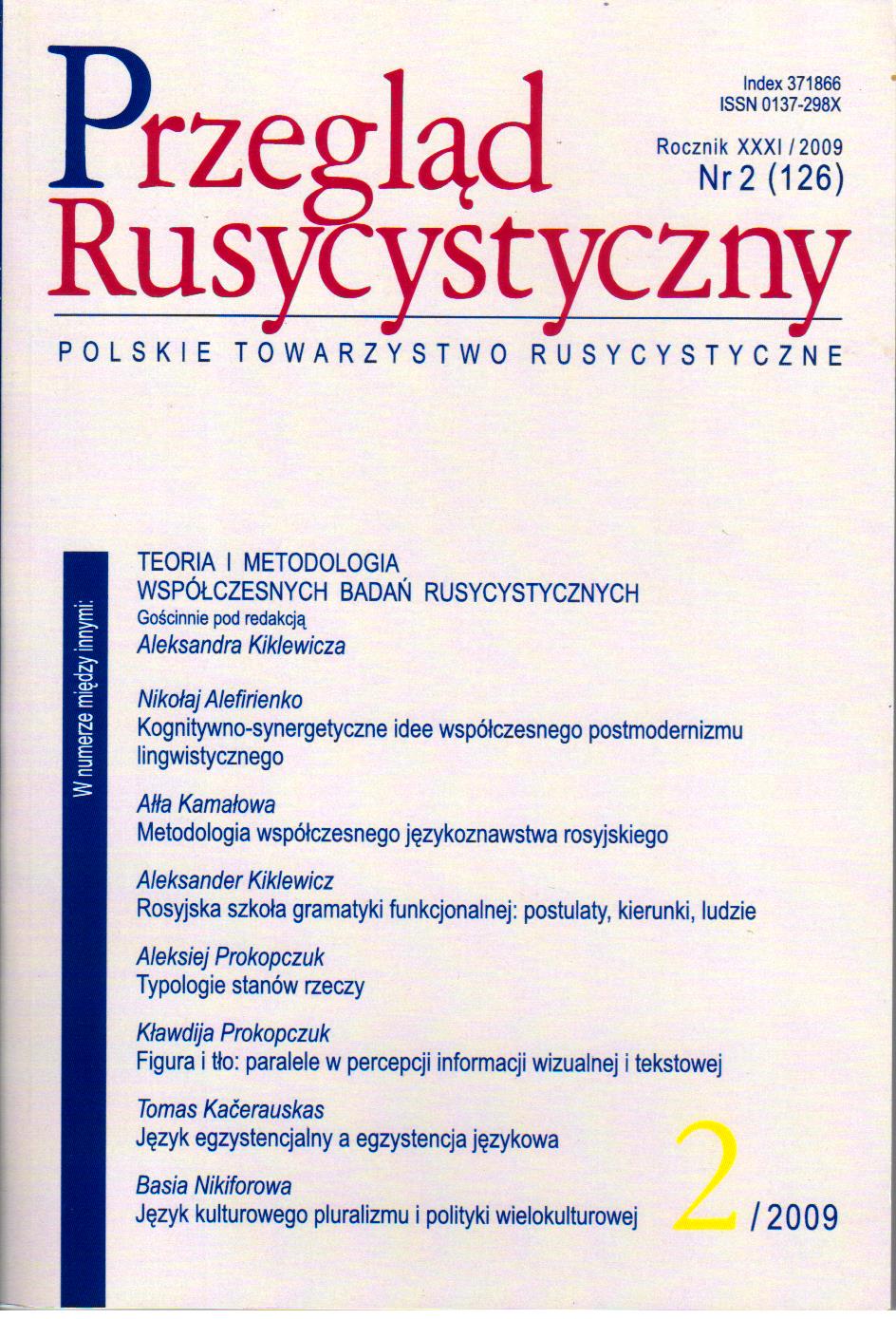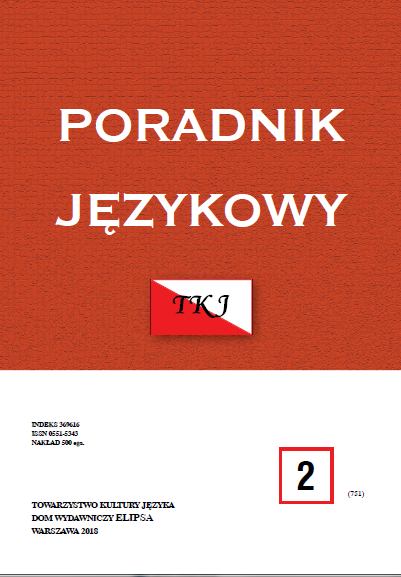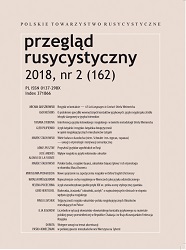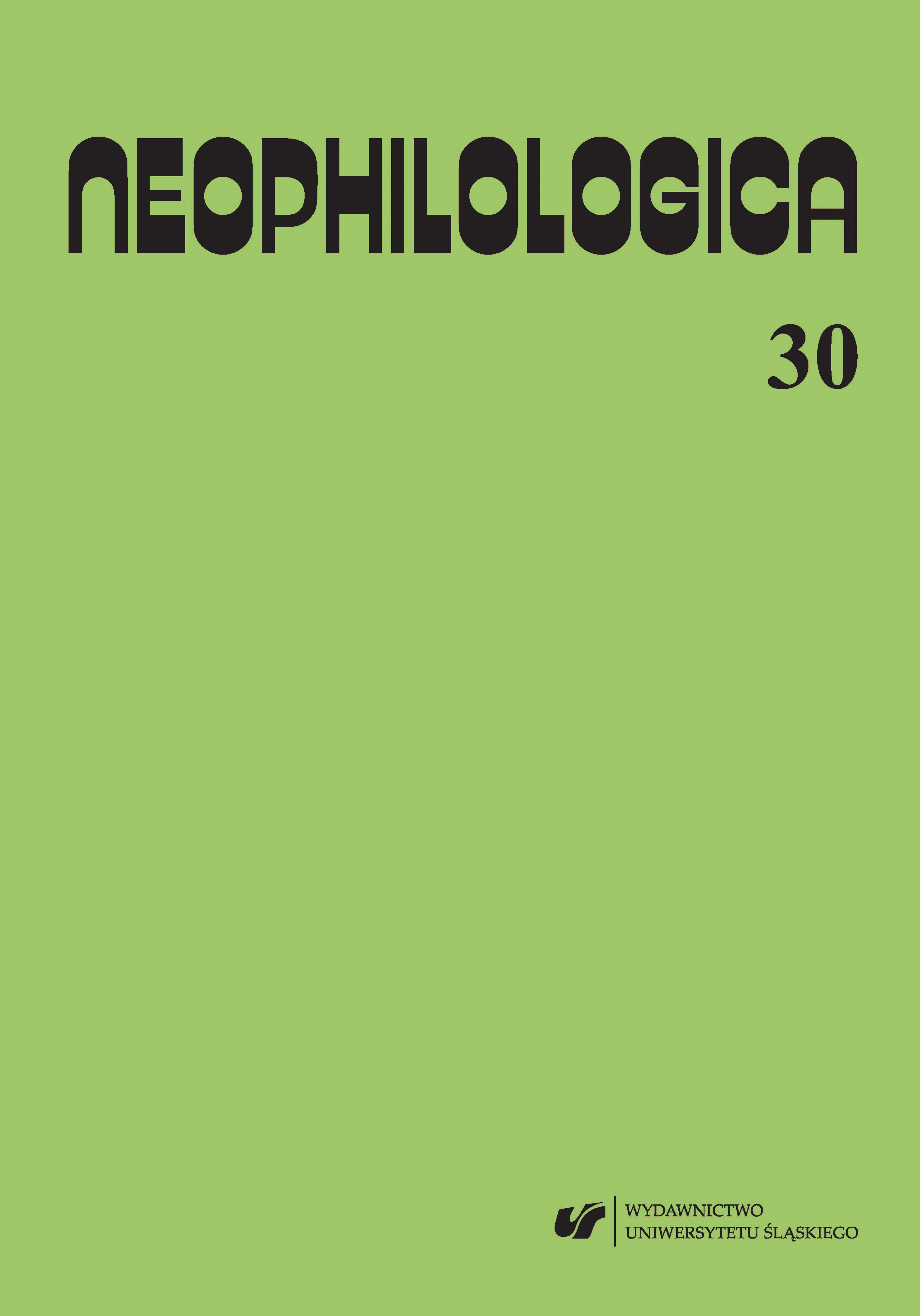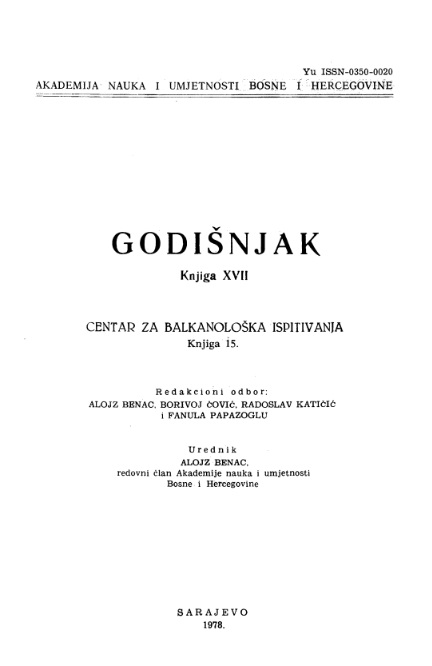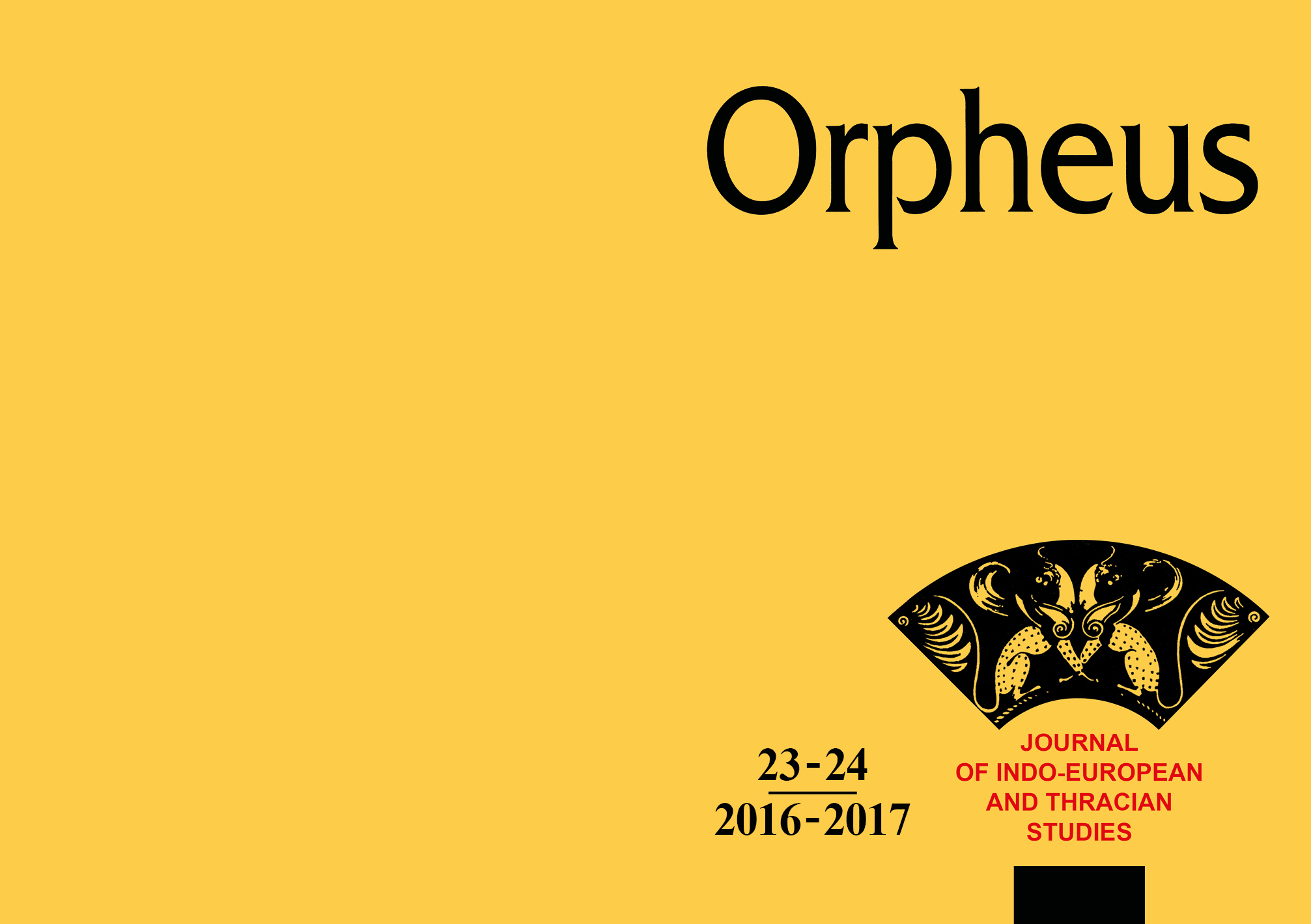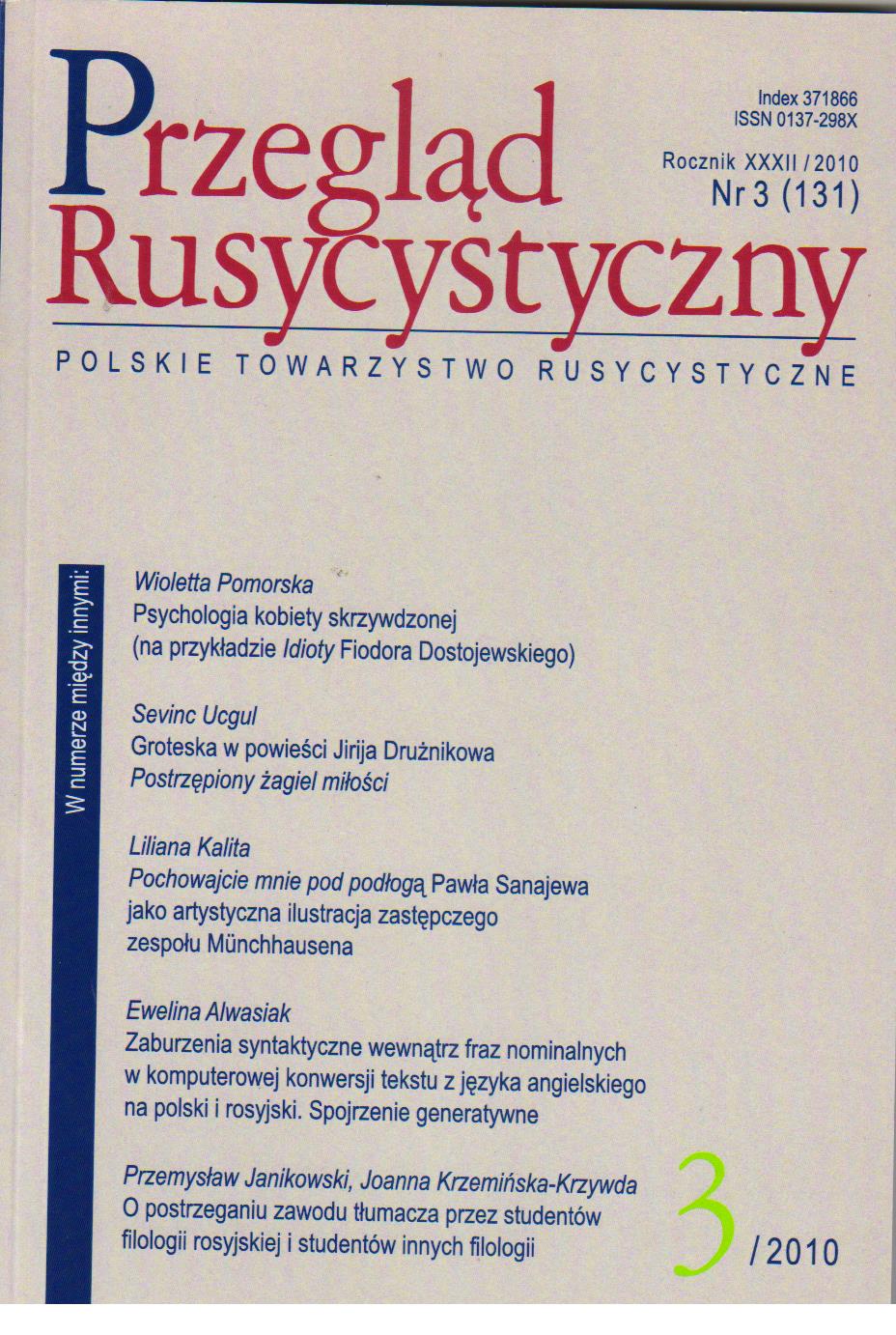
Zaburzenia syntaktyczne wewnątrz fraz nominalnych w komputerowej konwersji tekstu z języka angielskiego na polski i rosyjski. Spojrzenie generatywne
Presented article is the next one of several planned presentations of a larger research project. The overall goal of the presented analysis is to contribute toward improvement of the fully automatic machine translation integrated within search engines. The author tries to answer the question why language syntactic disorders occur in the process of automatic translations of phrases by the Google search mechanism. For comparison selected version of translation — Google, Yahoo and Bing has been analyzed. In the presented article a generative view (the theory of x-bar syntax) on this method theme is proposed as a possible way to avoid such kind of disorders in computer translations.
More...
